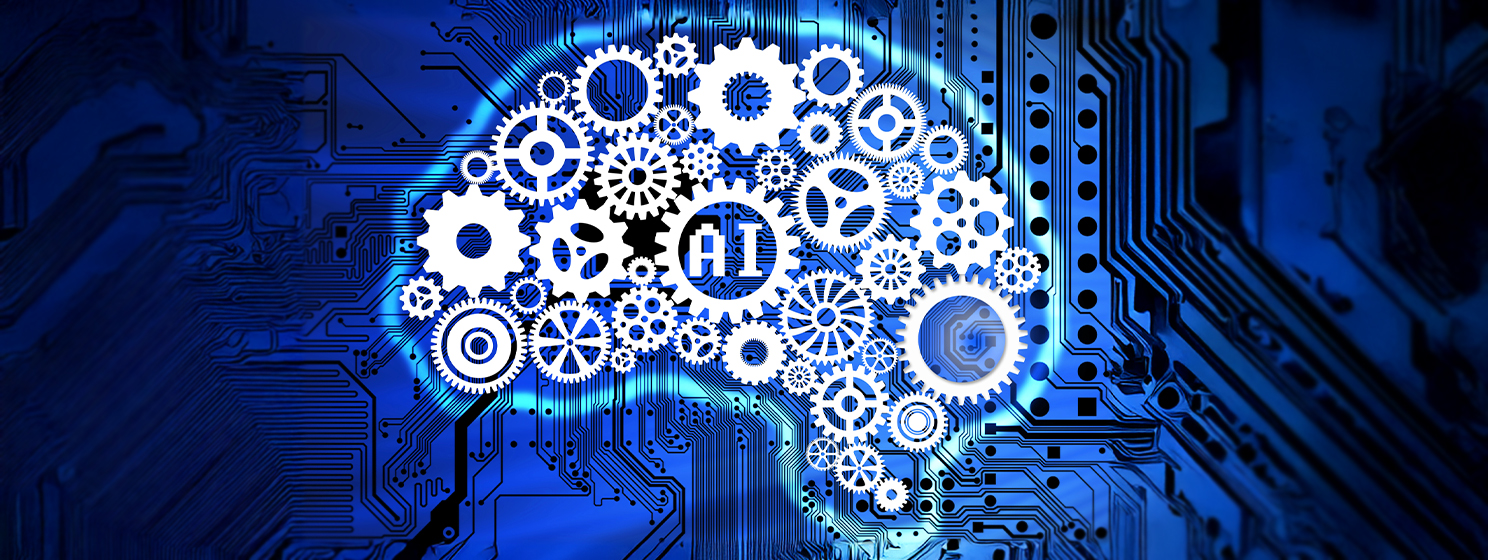Transforming Programming and Application Development Through AI

How AI is Transforming Software Development
Introduction to AI in Software Development
Artificial Intelligence (AI) has been making significant strides, especially with the introduction of large language models (LLMs). This evolution represents a pivotal moment in software development, prompting us to rethink our traditional approaches to building applications. We need to ask ourselves whether we’re adapting to the way AI operates, or if we’re setting a completely new course.
The Shift Toward Probabilistic Thinking
Understanding Human Decision-Making
Humans tend to think probabilistically. We assess situations based on incomplete information, relying on our instincts and experiences. This method, while inherently uncertain, reflects how we navigate the complexities of life. Over time, however, people have gravitated toward more deterministic approaches, seeking assurance even if it may be misleading.
AI’s Probabilistic Nature
AI’s recent advancements, particularly through language models like ChatGPT and Claude, parallel human decision-making. These models do not demand perfectly structured data; in fact, they excel with unrefined information. This characteristic is crucial, as it allows AI to make sense of messy, real-world contexts. Instead of restricting AI’s potential with rigid frameworks, we should build applications that leverage this adaptability.
The Evolution of Data Formats
JSON and XML: A Balancing Act
For many years, data formats like JSON have been favored due to their efficiency and simplicity. However, there is growing recognition of XML’s potential resurgence. XML can provide richer tagging and more hierarchical data structures, which could be increasingly beneficial as we integrate AI capabilities into applications.
- JSON has been the go-to format, but as applications evolve, they require a balance between flexibility and structure.
- XML offers deeper encoding of layouts and relationships, which could complement AI’s ability to infer data context.
The Role of Scalable Blockchains
New Opportunities with Blockchain
Scalable blockchains, such as BSV (Bitcoin SV), are poised to transform the AI landscape by enabling real-time data flows in a decentralized manner. AI’s probabilistic models thrive when fed with fast, secure, and tamper-proof data channels. Here’s how scalable blockchains intersect with AI:
- Decentralized Data Flows: They support AI applications by ensuring reliable, proofed access to data.
- Enhanced Performance: With lower transaction costs and quicker processing times, AI operations can become more efficient.
This development could pave the way for greater transparency and accountability as AI systems process data, reflecting societal demands for ethical practices.
Innovations with Manus and Probabilistic AI
Integration of LLMs and New Approaches
Manus is emerging as a noteworthy player in the AI sector by creatively utilizing language models without conforming to existing protocols. Their approach allows for browser-based data extraction, retaining valuable layout and structural information, which minimizes the confusion often associated with raw text data.
This method signals a potential shift in how we develop applications. As LLMs advance over the next 12 to 18 months, we can expect their core functionalities to stabilize, encouraging innovations that will lead to more dynamic and responsive applications.
Designing Applications for a Probabilistic AI Future
Embracing Uncertainty and Flexibility
To adapt to AI’s evolving landscape, developers should reevaluate their core principles and consider designing applications that reflect the following:
- Utilizing XML or Similar Formats: Rather than viewing XML purely as an endpoint, consider using it as an input method for AI processing, thereby enriching the data interactions.
- Prioritizing AI-Centric Frameworks: Shift focus from traditional data-cleaning methods to frameworks that are designed to work with the adaptive strengths of LLMs.
- Preparing for a New Era of Development: As we move toward a landscape where MCPs (Model Context Protocols) play a vital role, developers must anticipate a future driven by real-time interactions and flexibility.
This is not just a technical transformation; it is a cultural one that encourages embracing the unexpected while developing applications that suit our current capabilities with AI and blockchain.
As the technology landscape evolves, developers will need to harness the chaotic nature of AI to create applications that reflect the complexities of human thought and behavior. Trusting AI and blockchain systems to manage complexity may very well define the next generation of software development.






